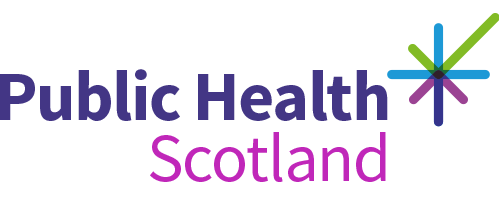- Published
- 14 May 2025
- Journal article
Socio-economic inequalities in uptake and timing of childhood vaccination: Taking a life course approach in an administrative cohort in Scotland
- Authors
- Source
- Vaccine
Abstract
Childhood vaccination coverage in Scotland is relatively high, with relatively small inequalities by area deprivation prior to the COVID-19 pandemic. However, socio-economic inequalities using measures of individual socioeconomic circumstances can substantially differ. With inequalities in immunisation coverage widening, a fuller understanding of the social patterning across whole populations is required. We analysed a whole population, linked administrative cohort, born in Scotland 2009–2013 (n = 187,815), followed until 2018 (average age 6 years(y)). We examined three measures of socio-economic circumstances (SECs): area deprivation, mother's occupational class, and parents' relationship status at birth. We examined proportions unimmunised (and partially immunised, where relevant) for: primary vaccinations, first and second doses of MMR (MMR1/2), and preschool immunisations, at the WHO target ages. Inequalities were quantified using binary/multinomial logistic regression and the relative index of inequality (a regression-based measure comparing the hypothetically most vs least disadvantaged). We also estimated inequalities in average age when 95 % coverage was achieved. Ninety-eight percent were fully immunised with primary vaccines by 1y, and 96.4 % with MMR1 by 2y. Uptake of MMR2 and preschool immunisation was lower (94.2 % and 94.9 %, by 5y). Children living in more deprived areas and households were more likely to be unimmunised with MMR1–2 and preschool vaccines at target ages. Children from more deprived areas were more likely to be partially immunised but less likely to be unimmunised with the primary vaccines, whereas more consistent socio-economic gradients in both outcomes were seen by family-level SECs. Inequalities were especially large according to occupational class. Children from the most advantaged families reached 95 % primary vaccine coverage ∼4-months ahead of the least advantaged. Routine reports of immunisation uptake according to area deprivation are informative but can mislead if used to understand family-level socio-economic health inequalities. Data linkage provides opportunities to monitor family-level socio-economic inequality and inform immunisation programmes tailored to the needs of different groups.
Cite as
Pearce, A., Henery, P., Dundas, R., Katikireddi, S., Leyland, A. & Cameron, C. 2025, 'Socio-economic inequalities in uptake and timing of childhood vaccination: Taking a life course approach in an administrative cohort in Scotland', Vaccine, 57, article no: 127222. http://dx.doi.org/10.1016/j.vaccine.2025.127222
Downloadable citations
Download HTML citationHTML Download BIB citationBIB Download RIS citationRISIdentifiers
- Repository URI
- https://eprints.gla.ac.uk/354814/
